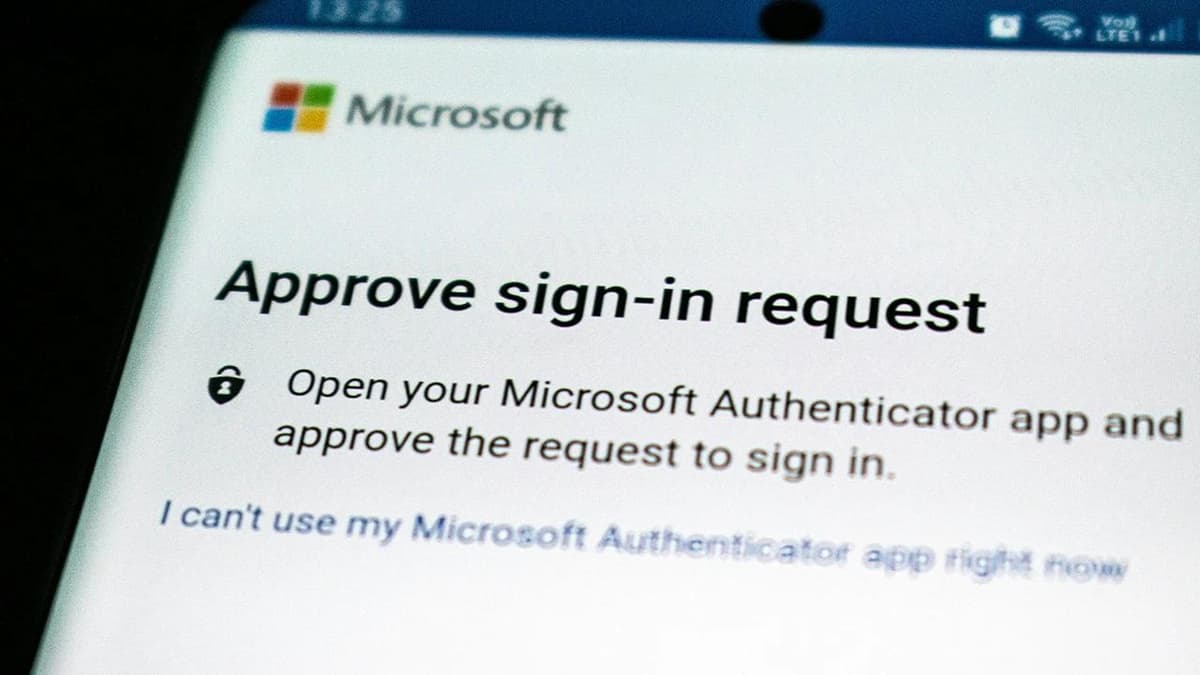What Does 192.168.1.1 Mean?
Have you ever heard of 192.168.1.1 and wondered what it really means? This string of numbers might look intimidating, but it's actually quite simple. Let's dive into the world of IP addresses and find out what 192.168.1.1 signifies, why it's important, and how it works.
What is an IP Address?
First things first, let’s understand what an IP address is. An IP address, which stands for "Internet Protocol address," is a unique identifier assigned to each device connected to a network. Think of it as the digital address of your device. Just like how your home has a unique postal address, your computer, smartphone, or any other device connected to the internet has an IP address.
IP addresses come in two main types: IPv4 and IPv6. IPv4 is the older version and consists of four sets of numbers separated by dots (e.g., 192.168.1.1). IPv6 is the newer version designed to accommodate the ever-growing number of devices and has a more complex structure.
What is 192.168.1.1?
192.168.1.1 is an example of an IPv4 address. It's often referred to as a "private IP address." Private IP addresses are used within local networks as opposed to public IP addresses that are used interactively on the open internet.
Local vs. Public IP Addresses
To understand this better, let's break it down:
-
Public IP addresses are used to identify devices on the wider internet. They are unique across the entire web. For example, when you visit a website, your device uses a public IP address to connect to the server hosting that site.
-
Private IP addresses are used within local networks, such as your home or office network. They are not unique globally and can be reused in different local networks without any problems.
192.168.1.1 fits into the private IP address category. It's part of a reserved range (192.168.0.0 to 192.168.255.255) designated by the Internet Assigned Numbers Authority (IANA) for use in private networks. Because this IP address range is reserved, it can be used by anyone for their internal network without conflicting with public IP addresses.
Role of 192.168.1.1 in Your Network
In most home and small office networks, 192.168.1.1 is used as the default gateway. A gateway is essentially a node that routes traffic from your local network to other networks, usually the internet.
When you set up a new router, it often comes pre-configured with the IP address 192.168.1.1. This means your router uses this address to communicate with devices in your local network. When you type "192.168.1.1" into your web browser, you’re accessing the router's administrative interface. Here, you can configure network settings, set up security measures, and manage connected devices.
Everyday Use
Imagine you have just bought a new router from NETGEAR (netgear.com). Once you set it up and connect it to your modem, you open your browser and type "192.168.1.1". A login screen appears, asking for a username and password. Once you enter the correct credentials, you gain access to the router’s settings. You can change the name of your network, set a new password, or even configure advanced settings such as port forwarding.
Why 192.168.1.1?
Now you might wonder, why specifically 192.168.1.1? Why not any other number?
The answer lies in standardization and convenience. Network hardware manufacturers like Linksys (linksys.com) and D-Link (dlink.com) use 192.168.1.1 as a default because it's a familiar and standard address. By using a common IP address, these companies ensure that setting up and troubleshooting their devices is straightforward for most users.
Mistakes to Avoid
While 192.168.1.1 is easy to use, there are a few common mistakes you should avoid:
-
Incorrect IP Address: Ensure you type the address correctly. Typing errors like "192.168.i.i" or "192.168.1.l" will lead to errors.
-
Router Accessibility: Make sure you are connected to your network because if you're trying to access 192.168.1.1 from outside your local network, it won't work.
-
Changes Gone Wrong: Be cautious while changing settings. Thanks to the multiple settings available, a mistake could disconnect you from the internet. If you're unsure, consult your router's manual or visit the manufacturer's website for guidance.
Troubleshooting
If you can't access your router via 192.168.1.1, here are some troubleshooting tips:
-
Check Connectivity: Ensure your device is connected to the router, either via Ethernet cable or Wi-Fi.
-
Default Gateway: Use Command Prompt or Terminal to find your router's actual IP address using commands like
ipconfig(Windows) ornetstat -nr(macOS/Linux). -
Restart Equipment: A simple restart of your router and device can resolve many issues.
192.168.1.1 is more than just a series of numbers. It's your gateway to managing your network. Next time you set up a new router or need to troubleshoot, remember that this simple numerical sequence is the key to it all. It's like a digital handshake between you and your network settings.
The next time you see 192.168.1.1, you’ll know it's not just a random number but a crucial part of your digital life.












